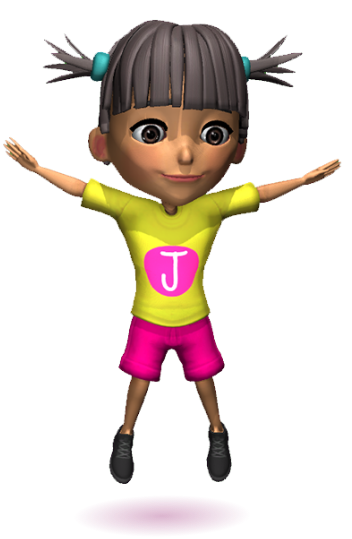The Subject Leader’s guide to managing the holidays

With the academic year coming to an end, teachers everywhere know that the experiences each child will have during the summer will vary massively. For some children, this will include a lack of access to food, opportunities and a safe environment with schools trying to fill the gaps. Other differences aren’t, by definition, a negative and the reasons for them are varied. Just a few examples might be the interests of the child, the availability of parents due to work commitments and access to the finance required for a holiday or other paid opportunities. However, it is no doubt fair to say that some children will return to school having had a richer, more positive and varied experience than others. When this trend is multiplied across the school holidays year on year, the impact can be significant.
While, understandably, the focus has been on how this might exacerbate inequalities in children and young people’s wellbeing, social/emotional development, and academic achievement, there is also significant evidence that it also impacts on children’s activity levels. Unlike earlier generations, children are now, on average, less active outside of school and are therefore likely to be less active during school holidays than in school, where they have timetabled opportunities and other more informal opportunities to be active. This raises the question as to what more schools can do to help children and families stay active during the holidays and to access activities that will both support their physical development and help create a positive relationship with physical activity.
We believe that transforming the culture around Physical Education requires greater school-home connection as highlighted in the School Sport and Activity Action Plan*:
Schools, parents and sport sector must work together to ensure that children and young people have access to at least 60 minutes of physical activity every day.
…the role of parents is crucial in encouraging and supporting children to develop healthy habits that will benefit them throughout their lives.
Now, ahead of the summer holiday, is the ideal time for PE Subject Leaders to start planning. Creating a change in behaviour by working in partnership with parents/carers, in the same way schools do with numeracy and literacy, will pay dividends in terms of children’s enjoyment, progress, activity levels, and all the benefits this brings. So, what can Subject Leaders do to help drive this change in behaviour?
The first is to educate and communicate with children and families as to why this is so important and what constitutes appropriate daily physical activity for children.
Phsically literate children do twice as much activity as others, and children who have all five elements of physical literacy also report higher levels of happiness, social trust and resilience. School Sport and Activity Action Plan*.
Research 12 has found that the majority of UK adults (including teachers) are unaware of the amount of physical activity that children and young people should be doing every day. It was also found that parents often over-estimate the amount of exercise their children are doing at school, and therefore under-estimate the amount of activity that they should be doing out of school hours. This is a fundamental issue that must be addressed.
Many adults see children’s activity out of school as being purely community sport run by coaches or activators and will often form a perception that their child is either ‘sporty’ or ‘non-sporty’, with this perception impacting on the child’s self-perception and confidence. This perception needs to be challenged alongside reinforcing the message that physical activity is essential for EVERY child and that developing a child’s positive attitudes and physical literacy are essential to their future health and wellbeing.
In terms of what types of activity children can do, many parents have expressed a lack of confidence in what activity with their children should look like. As a result, we often see inappropriate, adult type activities super-imposed on children. We need to work with parents/carers to show them that activity can be broad, varied and simple to access. Encouraging families to use parks and outdoor spaces, to walk/scoot/cycle together and support children to play and explore are all essential. But, together with these activities, simple, fun, age/stage appropriate challenges, games and activities will also help children develop their physical skills. They should include activities that can be played with guidance indoors in a small space, that require minimal equipment and that are easy to set up. They can be activities that children can play individually or with other family members in short bursts; they should be inclusive and accessible but include progression/challenge to keep children engaged and to enable them to celebrate their progress.
If, as Subject Leaders, we are to embrace Physical Education in its broadest sense and truly aim to transform the culture of physical activity, then working in partnership with families to ensure that EVERY child has access to fun, meaningful and appropriate activity during the school holidays is an essential part of the jigsaw.





